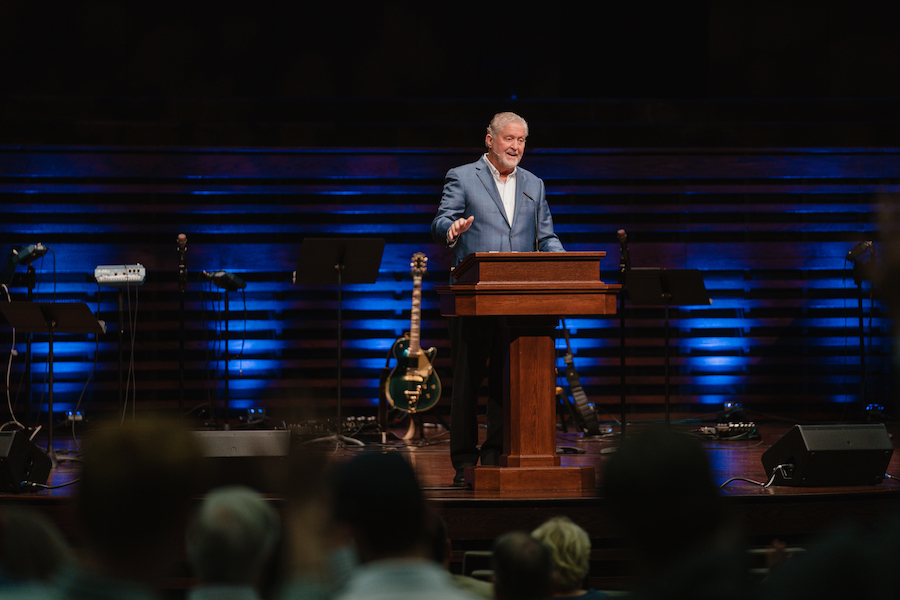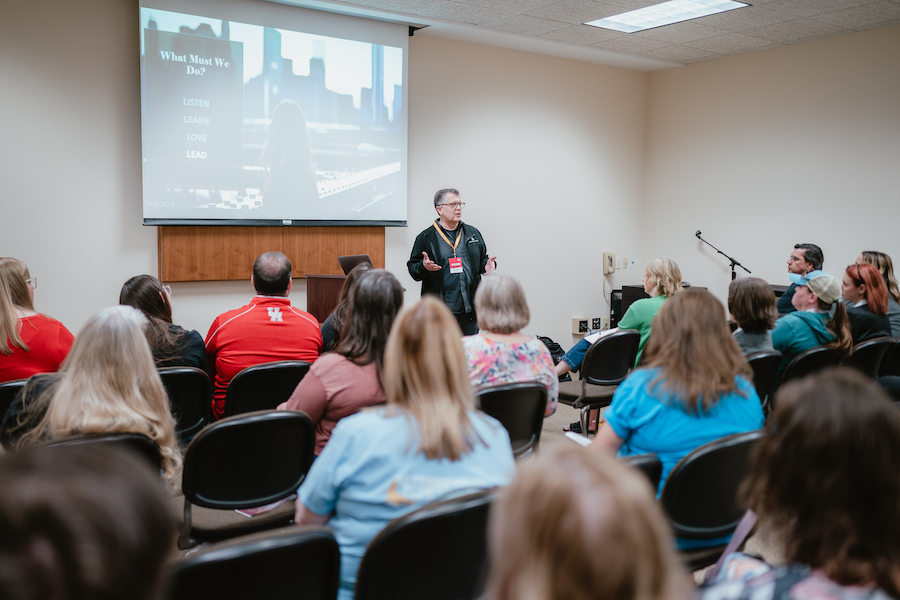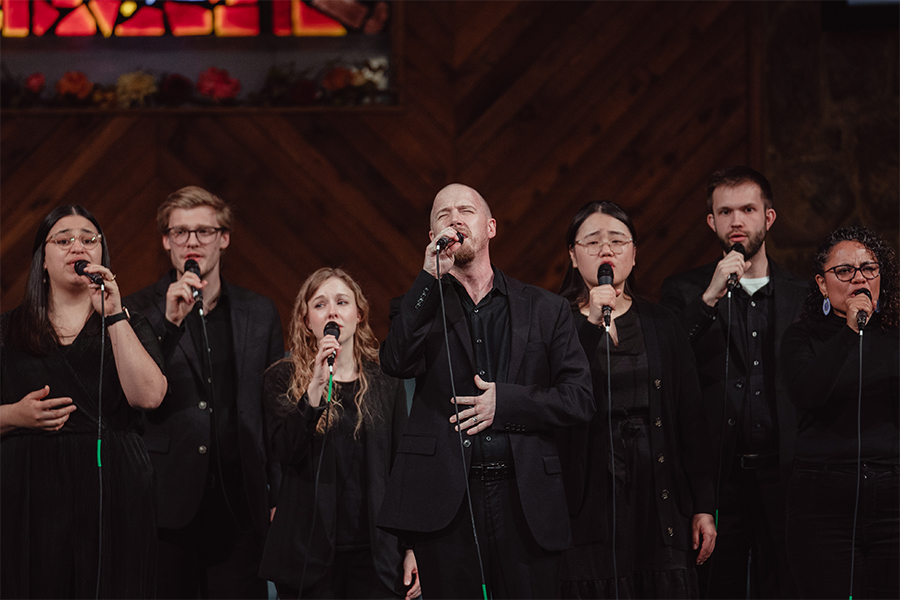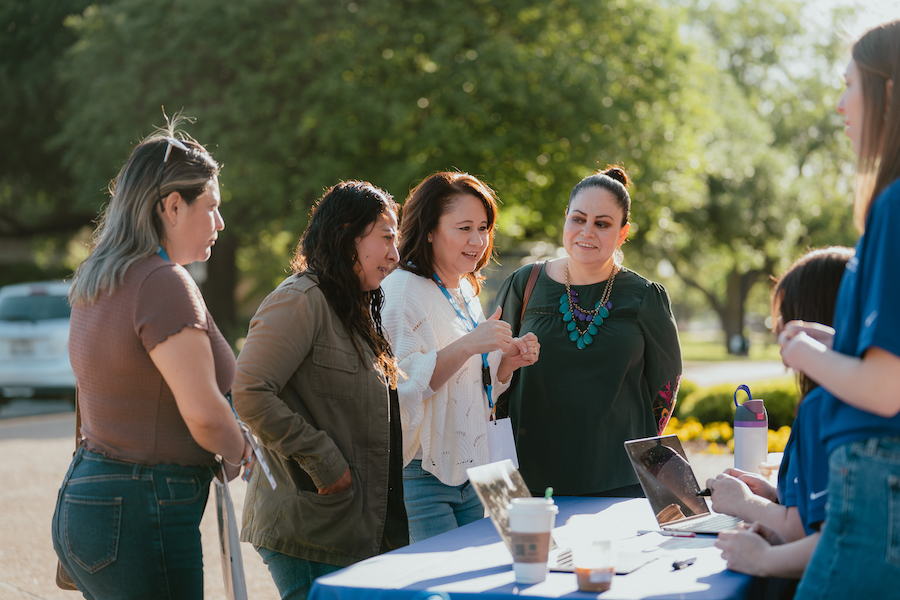Professors speak at Hawaiian lecture series
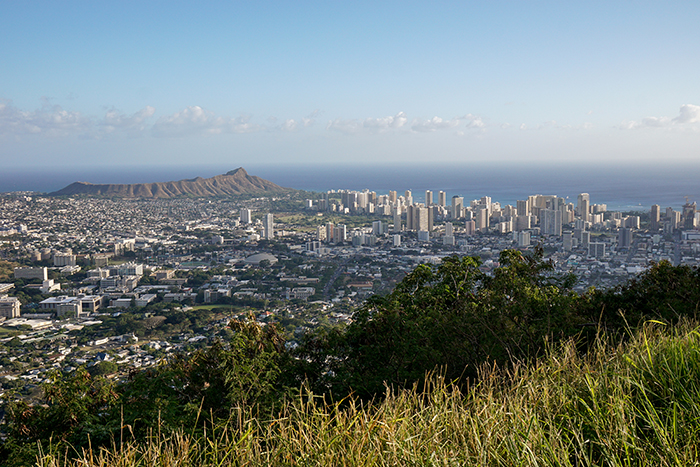
Matt Sanders has run the eight miles from his home to the church he pastors, Waialae Baptist Church, several times. His commute by car through traffic takes 30 minutes. Most people think of Hawaii as an exotic vacation destination with lei-clad dancers on white beaches. But Hawaii’s largest city, Honolulu, has the worst traffic congestion in the United States, and it is the country’s 13th most densely populated city. Urban areas can be known for their citizens’ rudeness, but that is not the case in Hawaii.
“It’s called the ‘Aloha spirit.’ People here are very kind and accepting of each other,” says Sanders, who taught at Southwestern before accepting a pastorate in Hawaii. “Aloha” in the Hawaiian language means more than “hello” and “goodbye”; it also means, “I love you.”
Two Southwestern Seminary professors, Travis Dickinson and Paul Gould, experienced the “Aloha Spirit” firsthand when they traveled to Hawaii this May to teach a seminary class and speak at the Alec and Belle Waterhouse lecture series. The professors received candy, coffee and leis from the participants.
“Once they found out we liked something from their culture, they’d bring it to us,” Dickinson says. Twenty-six students from South Korea, the “mainland,” and Hawaii attended the apologetics class, and more than 150 people came to the Waterhouse lecture series during the weekend.
Many of the students enjoyed their personal interaction with the professors as much as what they learned from them. Caleb Franks, a high school junior, says, “The seminary professors would talk and listen to me—that showed a lot of love. I could go to a conference like this every month!”
In the casual atmosphere of the Waterhouse lecture series, the professors visited with students over lunch and answered questions during a Q&A time. Ki Song, a Master of Divinity student at Southwestern, heard about the class just three days before it began.
“As a seminarian, I think about these issues—science and God, the trustworthiness of the Bible,” Song says. “It’s helpful to have a deeper knowledge—plus there’s the beaches and the ocean!” Students enjoyed free time most mornings to explore the island and attended classes in the evenings and on the weekend.
Describing the need for seminary classes in Hawaii, Sanders says, “There’s this atmosphere of pluralism or very tolerant behavior here. It becomes a problem when Christians make exclusive claims about Christianity.”
Pluralism is the belief that there are many paths to God. Dickinson described the obstacles of a pluralistic worldview. “Pluralism is a real challenge to the Gospel,” Dickinson said. “[Christianity] is dismissed as just your view.”
Many Christians attribute the widespread mindset of pluralism in Hawaii to the “Aloha spirit” and the cultural emphasis on unity. Marissa Yanaga, program director for the Waterhouse lecture series, says, “[Hawaiians] are taught to embrace each other’s religious traditions. Pluralism becomes the norm—acceptance of each other’s culture blends into acceptance of religion.”
As the Southwestern professors taught on the Bible’s reliability, the problem of evil, and the person of Jesus, they realized “how educated the people were in the sciences, but when it came to Christianity, their answers [as] to why they should believe were thin,” Dickinson says.
Yanaga explained why many Hawaiian Christians are not as knowledgeable about their faith as those in the other 49 states. “Christians [in Hawaii] don’t have the same opportunities for training and education as those on the mainland,” Yanaga says. “It’s tough to hop on a plane for five hours just to attend a conference. Some people who came to the lecture series didn’t even know what apologetics was—they still came.”
Rick Lazor, pastor of OlaNui! Church, illustrates the urgency for seminary classes in Hawaii. “When I graduated from college, I started working as a youth pastor,” he says. “Five years later, I was called to be a head pastor. There wasn’t time to go to the mainland to attend seminary.”
Sanders agrees, “If [pastors] go, they’re often gone for 5-10 years, and sometimes they never return to minister—it’s not like there’s a line of 20 people who want to take that position.” Seminary classes taught in Hawaii enable pastors to continue to minister to their communities while they grow in their knowledge of theology. They learn how to apply what they are learning within the context of their ministry field.
Often called a gateway to the Pacific Rim, Hawaii is also a strategic location for Southwestern Seminary classes. “It’s not just about helping Hawaii and Hawaiian churches—it’s really this entire region,” Sanders explains. “There are hundreds of Micronesian and Polynesian islands, including the whole Asian Pacific North Rim, that need training. It’s a place people will come [to] rather than have to go all the way to Texas or California.”
Hawaii does not currently have a seminary to provide the higher education that Christians need in order to effectively minister to others. Until there is a seminary, those who feel called to pursue a Christian education will have to depend on online classes or make the five-hour commute to California and Texas—a commute Sanders hopes will soon shorten for his fellow pastors.
